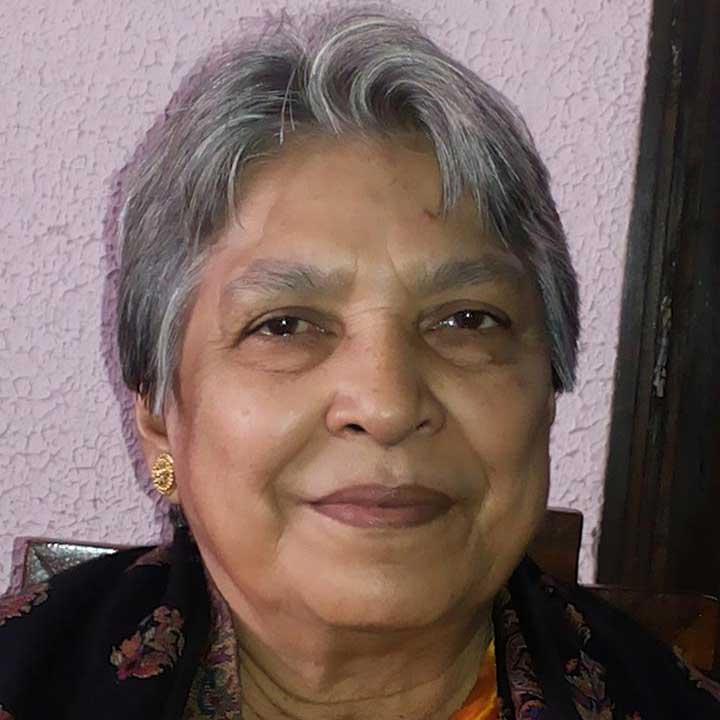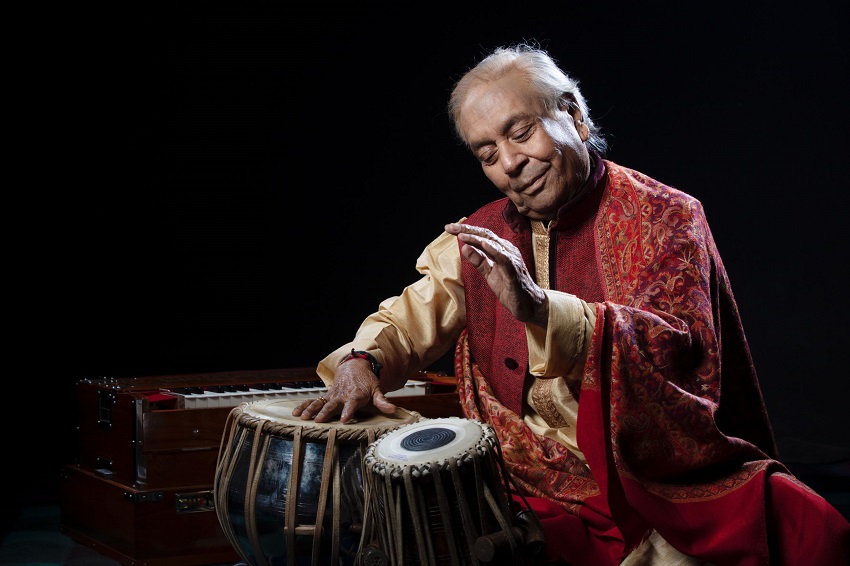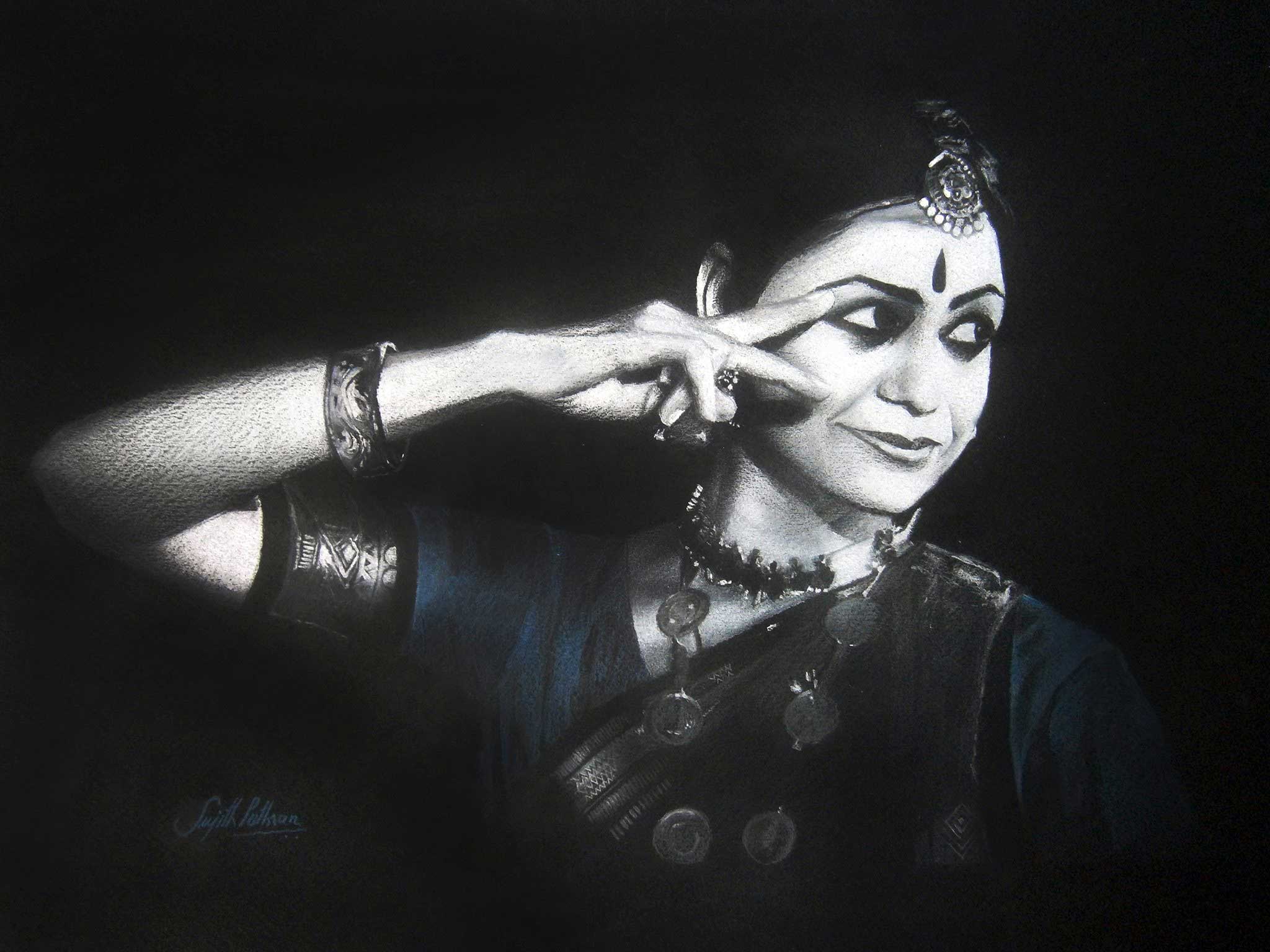Kuchipudi Kalamadhuri and Ghungroo Dance Academy presented Nari Shakti at Purbasree Auditorium in Eastern Zonal Cultural Centre, recently highlighting the role of women in the Freedom Struggle of India. If Nari Shakti was a dance-drama then dance was a mere interdisciplinary tool in it. This piece therefore has to be judged in the light of Nritya-Natya as delineated by Bharat Muni in Natya Sashtra and not dance alone. Dance here, therefore was there to tell the story of certain vital landmarks of the struggle for the freedom of India from the hands of the colonial rulers.
There was more room for holding a torch to the power of women, in the noble act of freeing the country from the clutches of our Colonial masters, to showcase it to the present generation to whom the chapter is a mere page in their history book.
At the outset I must confess that Artistic Director of Ghungroo Madhumita Roy trained in both Jaipur and Lucknow Gharana of Kathak is a dancer of repute. Having danced in almost all the prestigious festival both in India and abroad, she is a name to reckon with in both her solo and group renditions.
‘Nari Shakti’ was a history based dance-drama, which naturally demanded a great degree of research work in not only finding the right facts, but also researching on period dressing, music, stage setting of scenes to match the period et al.
Also one had to have a deep understanding of the kind of warfare of the times. The British army used guns-to be precise guns were used for the first time in the first battle of Panipat by Babar to dethrone Ibrahim Lodi of the Sultanate of Delhi in the year 1526 A.D. Guns therefore was a major player in those wars. More thoughtful thinking and listening should have gone into period music; of war music that involved the use of guns, cavalry and infantry. Marching music of foot soldiers etc.
The Rani of Jhansi rode on horse back wearing a metallic helmet among other things according to historical facts. Showing her riding a horse would have been impossible, but the music producing the sound of the Rani and her entourage of soldiers on horse back would have created cathartic moments in the audience. Sound of the horse’ hooves and chilling cries of horses dying in the battle field, gun firing clashing of daggers and sabres could have created the impression of the fierce resistance caused by a fearless woman. The Rani of Jhansi herself needed to be more dashing.
Coming to costumes I am of the opinion that costumes worn by the then British soldiers and the Indian soldiers could have perhaps been looked into. In the absence of authentic research before trying to choreograph a history based dance-drama, the piece turned out to be amateurish except for the fact that the two dance styles used had standard.
Group Kathak renditions as well solo rendition was praise worthy. The technical aspect of the form was used to advantage. But for an all round care, battles were like skirmishes.
Kuchipudi is a vibrant dance form , a lot more than what was rendered.
Besides the war activities of the brave Rani of Jhansi, Matangini Hazra’s exploits as a part of the Freedom Struggle was a thoughtful inclusion. Born in the year 1870 A.D. in Tamluk she needed no help for survival. Happy to be a member of the Civil Disobedience movement of Gandhiji, she made the supreme sacrifice when on 29th September 1942 she led 6000 women to capture Tamluk Police Station , undeterred by the crown police’ citing of Section 144 of the Indian Penal Code asking her to stop her protesting activities, the 73 year old lady was shot dead by bullet wounds holding on to the National Flag with the cry of Vandemataram in her lips. More professionalism was required to arouse patriotic feelings.









